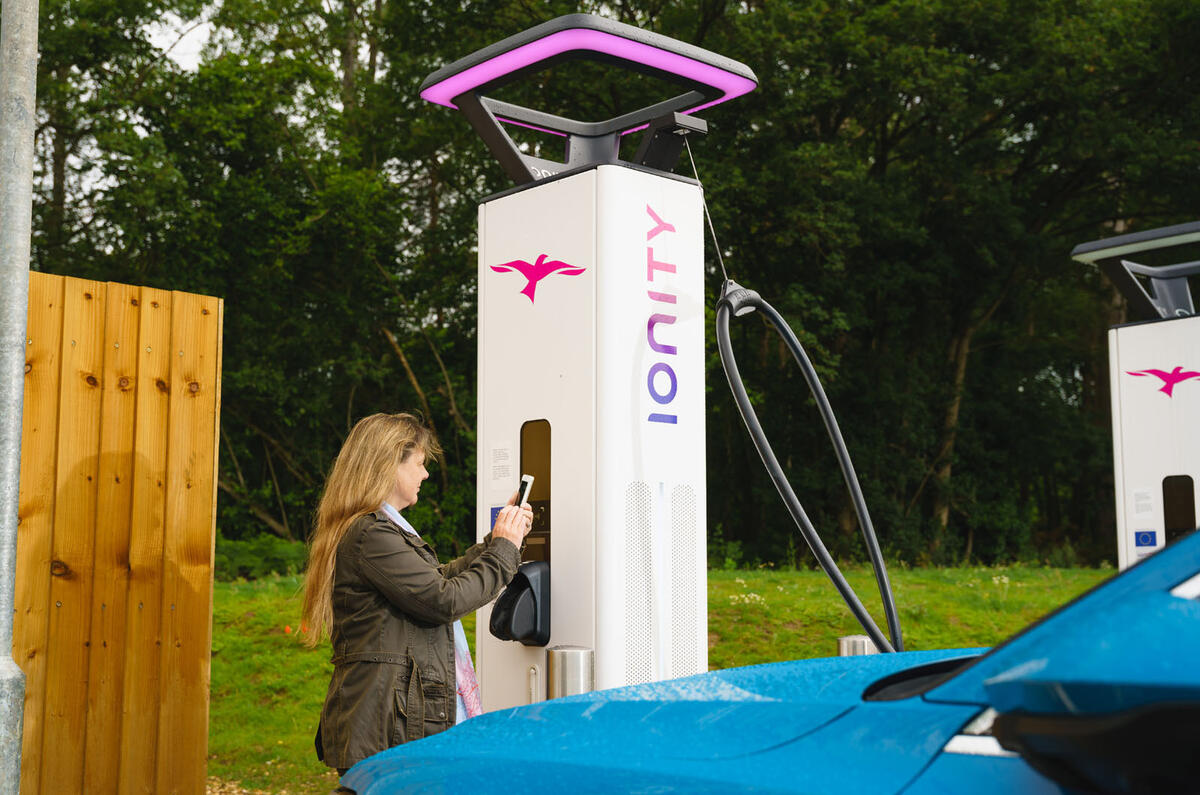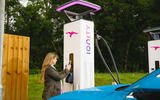Charge anxiety is often cited as a reason not to go electric, but the reality is you’re never far from an opportunity to plug in. Instead of dashing to the fuel station when you’re running low, an electric vehicle can be charged almost anywhere with an electrical outlet – at home, work, or on the road – and you don’t have to hang around while it’s doing so.
However, that flexibility means mileage claims for business trips are a little less straightforward than for a petrol or diesel car, and it’s easy to end up out of pocket or on the wrong side of HMRC if you get it wrong. Here’s why.
What can you claim for charging at home?
Plugging in overnight is the most convenient way to top up an electric vehicle, but it’s also the most complicated from an expenses point of view. Unlike buying a tank of fuel, charging costs are effectively bundled into your household energy bill, and it’s difficult to prove how much was used for business journeys if you’re driving a company car.
Autocar's company car tax calculator shows exactly what you'll pay for every make and model
HMRC introduced an advisory electric rate (AER) in 2018, enabling drivers to claim charging expenses at a per-mile rate, as they would in a petrol or diesel car, but the fleet sector has criticised it for not covering drivers’ costs.
Petrol and diesel cars have different rates according to their engine size, and these are updated quarterly. The AER applies to all electric vehicles, from frugal city cars like the Fiat 500 and Honda E to large SUVs such as the Audi E-tron and Mercedes EQC, and was increased by only 1p per mile during its first four years, despite the cost of home energy more than doubling during that period.
That system changed at the end of 2022. There’s still only one AER for all electric vehicles, but it’s now updated every quarter, based on the latest electricity prices from the Office for National Statistics and a weighted average efficiency for fleet-operated electric cars.
Since 1 March 2023, the AER has been set at 9p per mile, which is enough to cover home charging costs for a mid-size EV (think Volkswagen ID 3) if it’s plugged in at home on a flat-rate tariff under the government’s Energy Price Guarantee scheme. It’s a step in the right direction.
Do fleets have to use the advisory electric rate?
No, but the alternatives can be an administrative headache. HMRC treats reimbursed domestic electricity as a taxable benefit in kind, unless the vehicle is available for business use only. For a company car, where some journeys will be private, it’s up to employers to prove how the energy has been used.












Add your comment